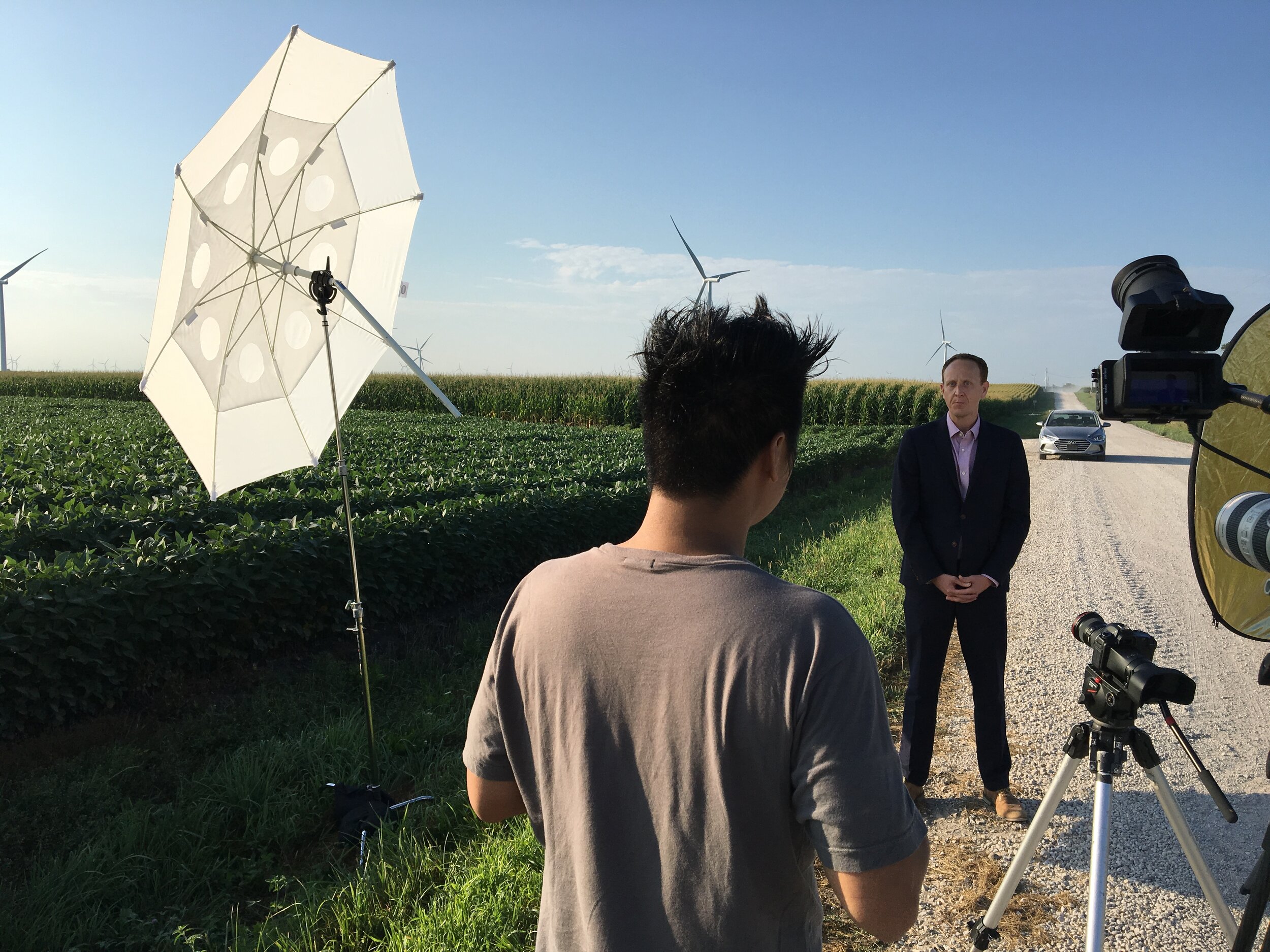Shooting Music Videos
MUSIC VIDEO: THE DIRECTOR OF PHOTOGRAPHY’S CREATIVE PLAYGROUND
Music videos are a medium that embraces creativity. As a music video director of photography, I can take chances that aren’t possible on commercial shoots. While budgets are usually small, experimentation is encouraged. Here’s the best of what I’ve learned from almost a decade as a music video cinematographer and director.
1. If there’s a label, they’re the boss
The band is often the driving force behind creating a music video, and may have a lot of creative input. Ultimately, if the band is represented by a label, they make the final decisions. I was director of photography for two music videos that ended up unreleased after completion, for different reasons. Remember: music is a business, try to not take it personally when things get complicated.
2. Bring some new toys
Music videos are a great place to use equipment that’s a bit too bleeding-edge for commercial and narrative production. The openness of artistic license can cover up some of the learning curve issues. As a working director of photography, music videos are my favorite place to test out the newest cameras, lenses, adapters, and even firmware.
3. Get some help
No matter how small you’d like the production to be, there’s always going to be more to carry than the band can handle. Getting help on early in the creative process might open you up to new creative ideas, too.
We used more than a dozen crew members to film the “Tiderays” music video for Volcano Choir.
4. Have a plan
Your music video may be relaxed, but you still need the basics. First, get your locations, schedule, and talent figured out. If you’re not the type to plan in advance, hire a producer! Don’t waste everyone’s time by doing half the planning, because you won’t end up with half of a music video.
5. Use what you’ve got
Music videos give you a chance to shoot in cool locations. You can easily showcase cool props and anything iconic, because you’re less tied to the rules of narrative or documentary storytelling. The music video director of photography should be helping to create a world, not just shoot the band. Choose places that are striking, but also easy to work with. Choosing a place with “character” can help make your video more memorable. Lots of people will let you use their spaces for free, if they like the music.
We shot Tony Memmel’s “Clenched Hands, Brave Demands” video in an empty apartment in Milwaukee, after my friend moved out but before the lease expired.
6. Set some ground rules
Lots of bands don’t have experience working with a professional video production team. It’s important to let them know how things work. For lots of musicians, the culture is casual. Video production is a complex and sometimes dangerous process. Everyone needs to show up ready to work. Setting expectations early can help avoid awkward conversations later on.
The Rock’n’Roll lifestyle was a key aspect of this Archie Powell & the Exports video. We shot it with a near-zero budget on a single day.
7. Be flexible
Unfortunately, some things just don’t work. Maybe your B-camera footage didn’t turn out. Maybe your files are corrupt. Of course you worked against time, or weather, or other variables. Taking creative risks means that sometimes those risks don’t pay off. It’s important to know when to come up with a new plan. Flexibility is what keeps projects on time and budget, both on set and in post production.
What have you learned from shooting music videos? Let me know in the comments.



